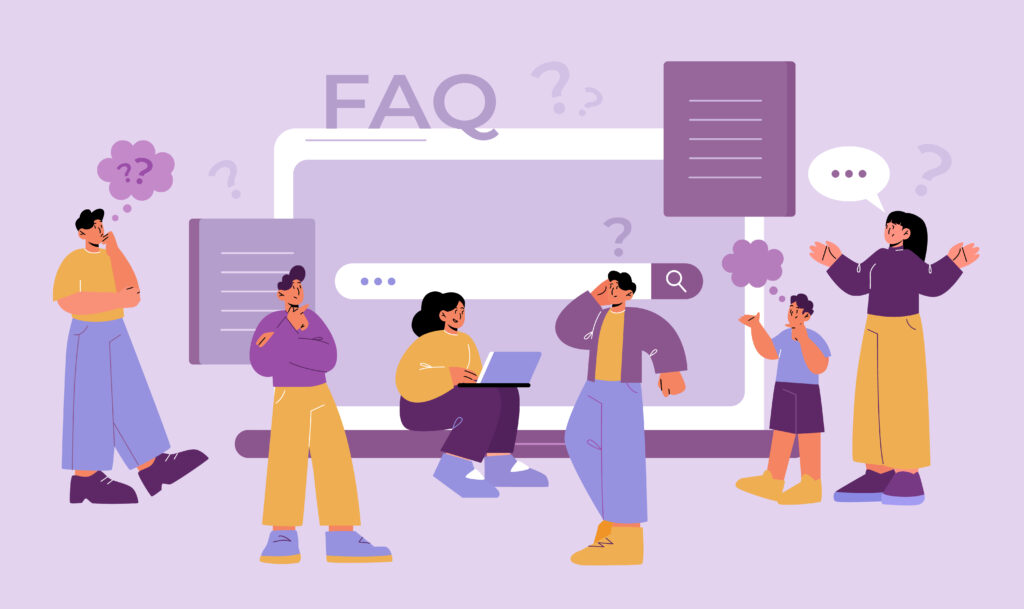Consumers often have numerous questions when shopping, whether about the shopping process, payment options, or after-sales services. To improve conversion rates, sellers need to minimize consumer doubts and boost their confidence in making a purchase. An FAQ (Frequently Asked Questions) page can effectively address these concerns, helping to clear up customer uncertainties and encouraging them to complete the purchase. So, how can you design an effective FAQ page?
Importance of an FAQ Page
Build Consumer Trust
Before making a purchase decision, consumers often have various questions. Promptly and accurately answering these questions shows professionalism, builds trust, and reduces the likelihood of abandonment due to a lack of information.
Enhance User Experience
A clear and concise FAQ page allows customers to quickly find the information they need, avoiding the need to sift through long content or wait for customer service. This greatly improves the overall shopping experience.
Reduce Customer Service Burden
A well-designed FAQ page can solve a significant number of recurring questions. Many common inquiries can be predicted and pre-answered, reducing the need for customers to contact support every time and lightening the load on your customer service team.
How to Design an Effective FAQ Page?
Cover All Common Questions
Think from the consumer’s perspective and list all potential concerns they might have. Typical FAQ topics include product details, shipping and delivery, return and exchange policies, payment methods, security and privacy, and after-sales services.
Categorize Questions
If there are too many questions, listing them all at once can become overwhelming. Categorizing them (e.g., Product Info, Shipping & Returns, Payment & Security) helps create a cleaner, more organized page, making it easier for users to find relevant information.
Keep Answers Brief and Clear
While the FAQ page is designed to answer questions, each answer should be concise and straightforward. Lengthy responses can tire customers and lead to them abandoning the page. Use lists, subheadings, or numbers to highlight key points and avoid using overly technical jargon that may confuse consumers.
Regularly Update Content
An FAQ page shouldn’t remain static. It’s essential to regularly update the content based on customer feedback and market changes. By analyzing customer service records or website data, you can identify frequently asked questions and make necessary adjustments to keep the page effective and relevant.
Add Guiding Content
In addition to answering questions, the FAQ page can include helpful guidance, such as how to use discount codes or how to check shipping fees, which can guide customers through the purchasing process.
Maintain a Clean Layout
Avoid overcrowding the FAQ page with excessive content. Keep the layout clean and well-organized by using appropriate spacing and margins, ensuring a comfortable browsing experience for consumers.
Optimize for Mobile Devices
Since many consumers will access your site through mobile devices, make sure the FAQ page is mobile-friendly, loads quickly, and retains a clean layout and formatting to improve the user experience on mobile.








